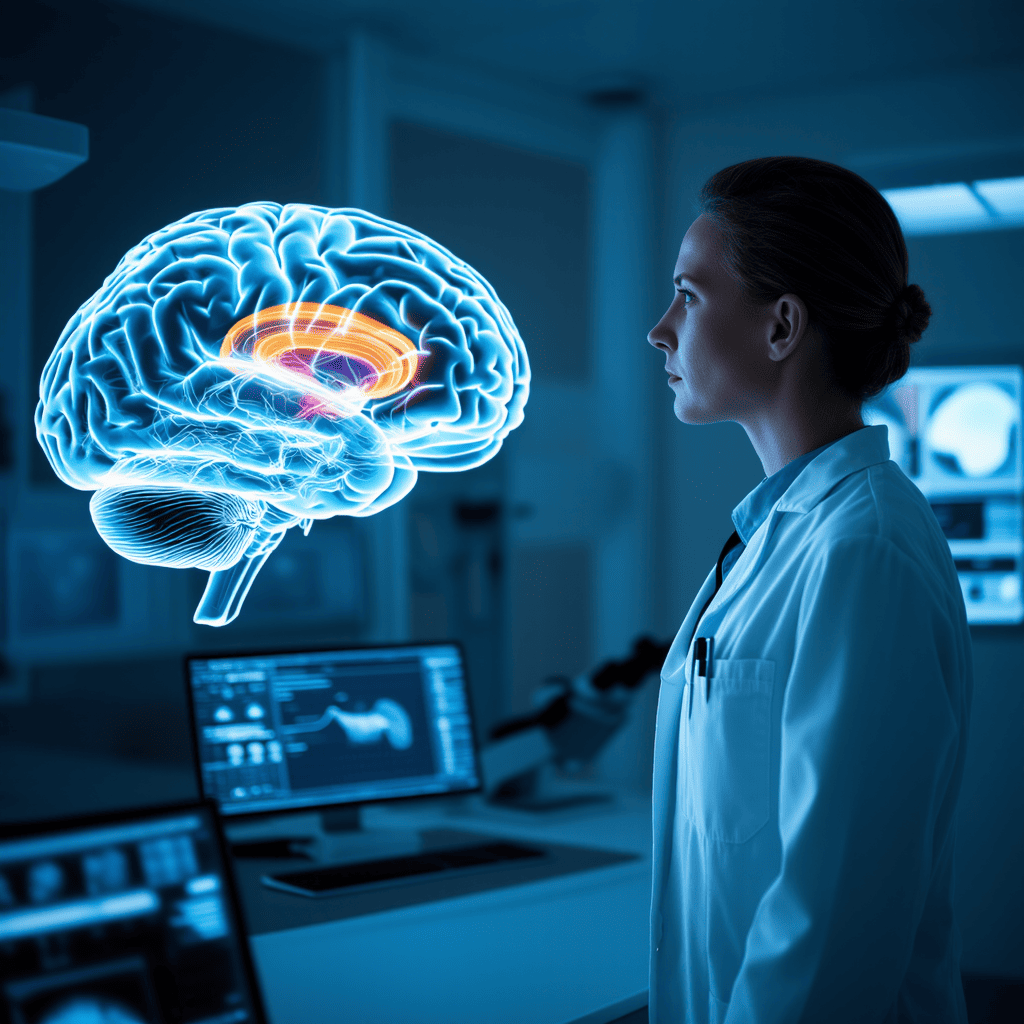AI Breakthrough in Dementia Diagnosis
Researchers at Mayo Clinic have developed a cutting-edge artificial intelligence tool, known as StateViewer, that can distinguish between nine different types of dementia using a single FDG-PET brain scan.
🔬 Key Findings
- Achieved 88% accuracy in identifying specific dementia types.
- Speeds up diagnosis and improves precision by up to threefold compared to traditional methods.
- Trained on over 3,600 brain scans from both healthy individuals and dementia patients.
🧠 Why This Matters
Current dementia diagnosis often requires multiple clinical assessments, imaging tests, and neuropsychological evaluations. StateViewer simplifies this process by producing a color-coded brain map, highlighting affected areas unique to each dementia subtype.
It can accurately differentiate between conditions such as Alzheimer’s disease, Lewy body dementia, and frontotemporal dementia—offering doctors a powerful, easy-to-use visual aid.
📊 Global Relevance
More than 55 million people live with dementia worldwide, with nearly 10 million new cases annually. Alzheimer’s alone is the fifth leading cause of death globally.
This tool could prove especially valuable in low-resource regions where access to specialists is limited, providing a fast and reliable second opinion for physicians.
📄 Study Details
The research, led by Dr. David Jones and the AI Neurology team at Mayo Clinic, was published in the journal Neurology on June 27, 2025.
🚀 What’s Next?
Further clinical validation is planned across diverse healthcare settings. If successful, StateViewer could become a diagnostic standard, reshaping how dementia is detected worldwide.
🧠 In Summary
This innovation marks a significant leap forward in early and accurate dementia detection. With just one brain scan, doctors receive precise insights, enabling faster treatment decisions and improved patient outcomes.


